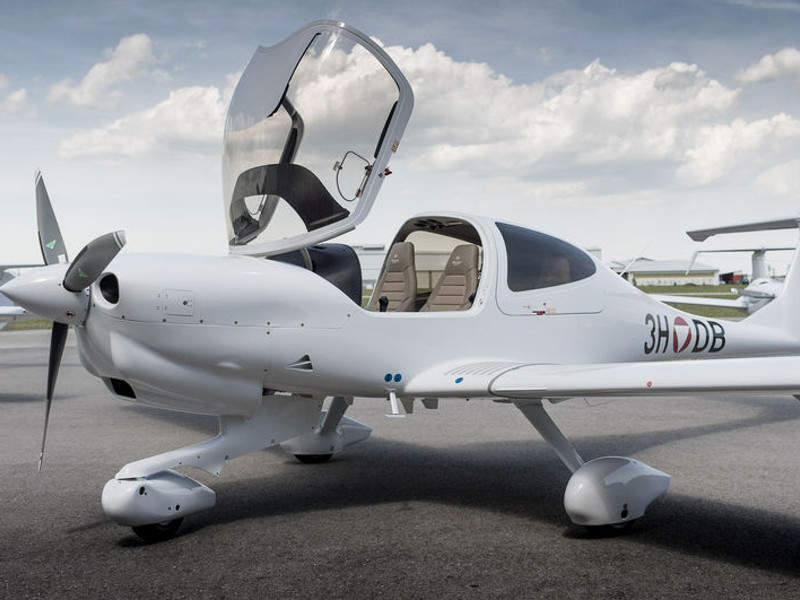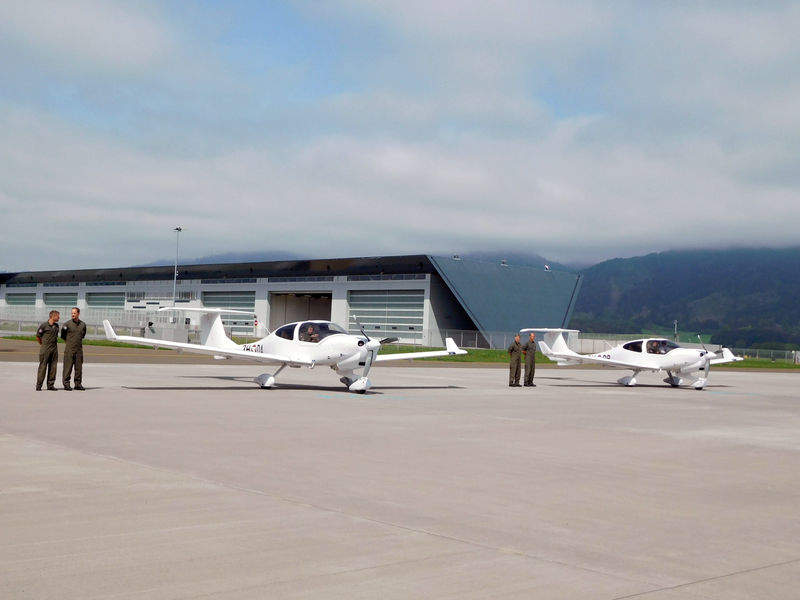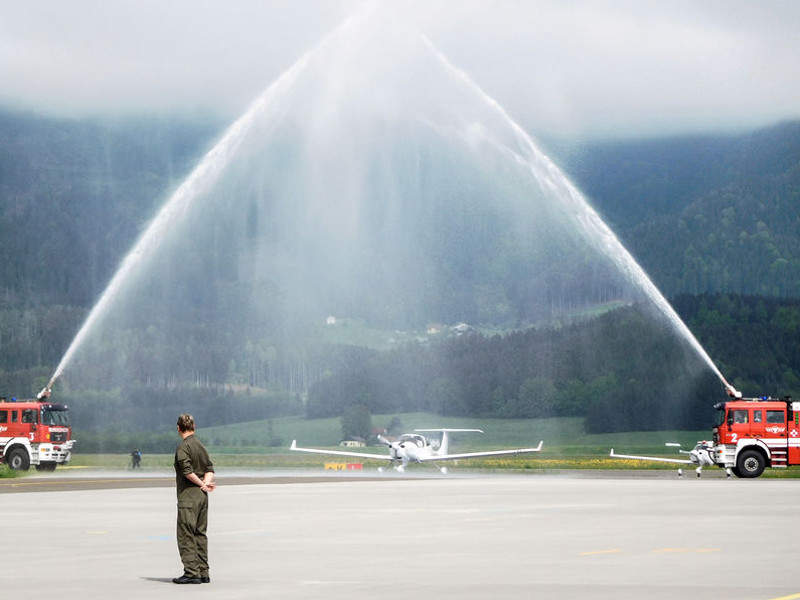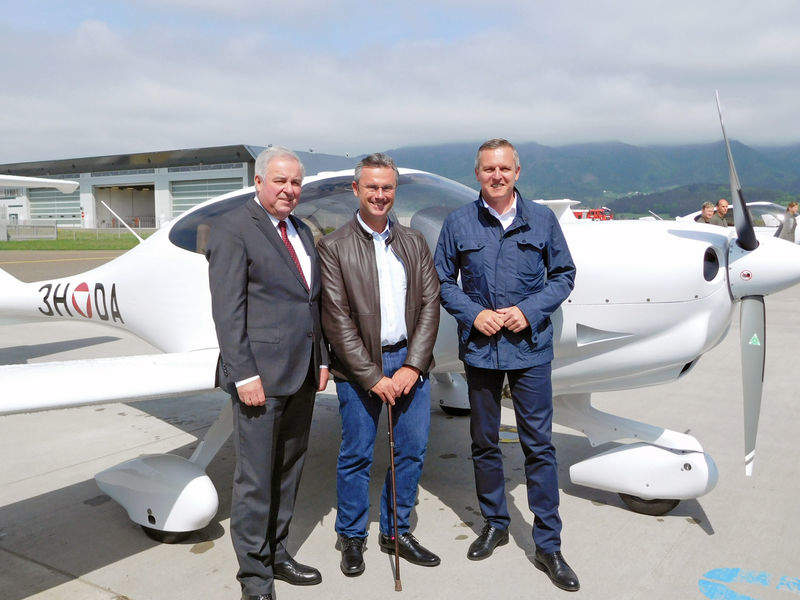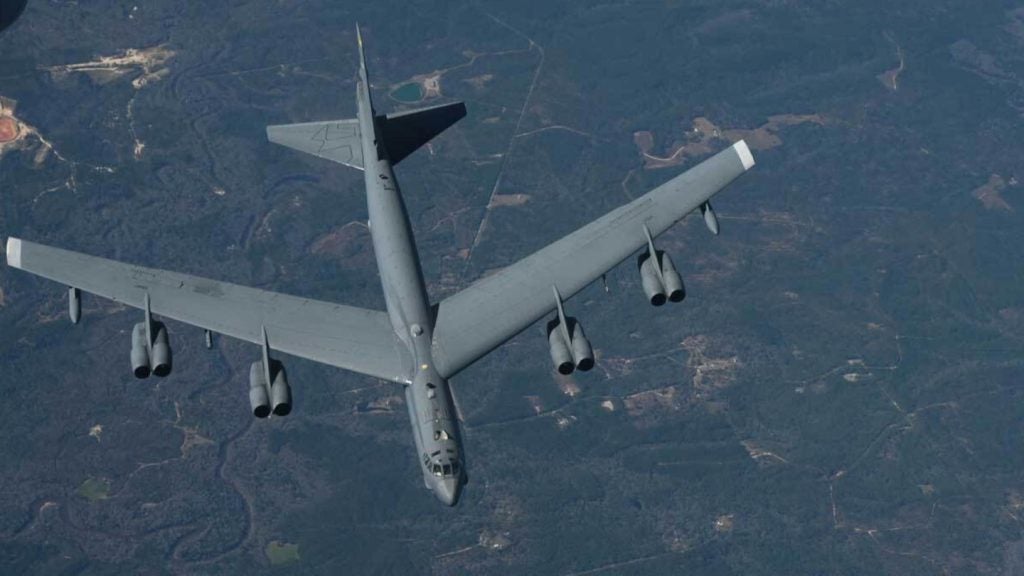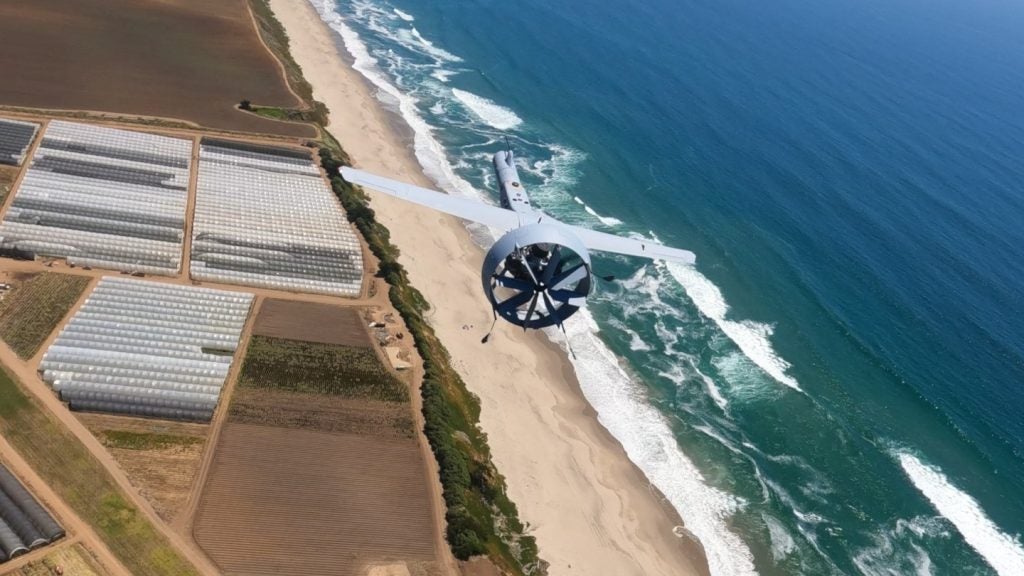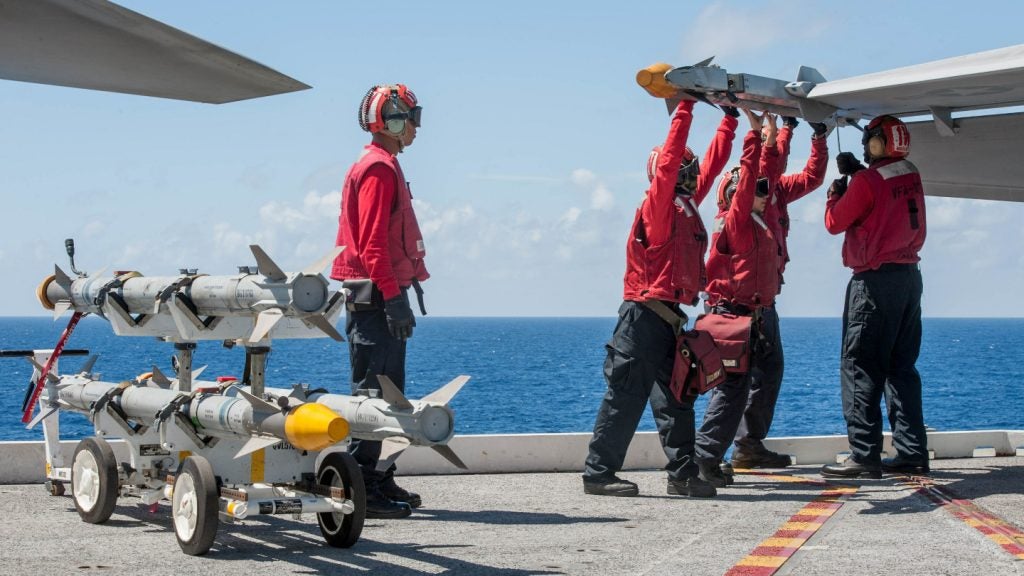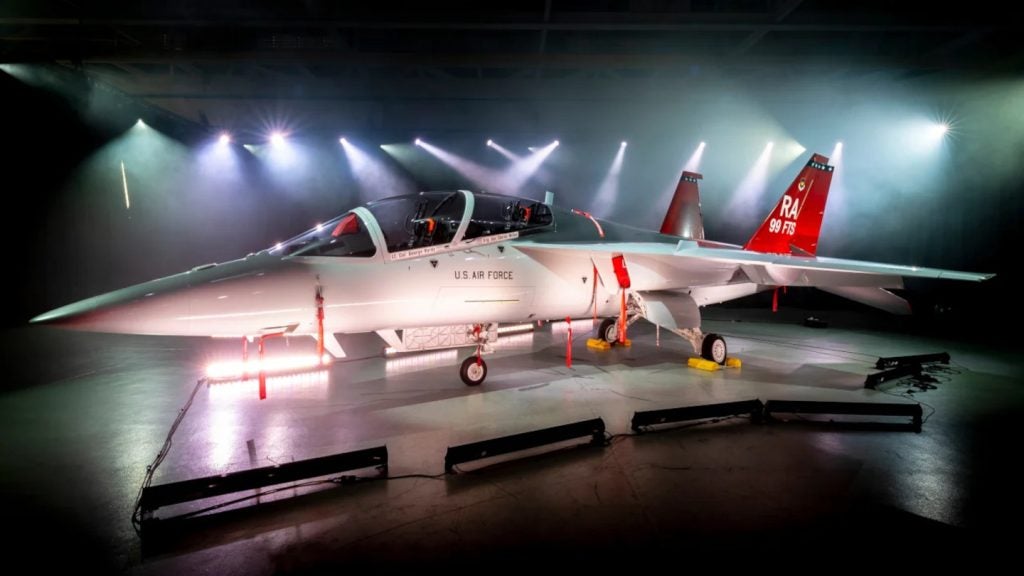Diamond DA40 NG is a next-generation trainer aircraft designed and manufactured by Diamond Aircraft Industries.
The aircraft is fitted with an in-built advanced airline trainer (AAT) package, which is developed to enhance the quality and efficiency of training sessions. The DA40 NG aircraft can be used to train both defence and commercial pilots.
DA40 NG orders and deliveries
Diamond Aircraft Industries signed a contract with the Austrian Federal Defence Ministry for the supply of four DA40 NG trainer aircraft in 2017. The first two aircraft were delivered to Austria in May 2018.
The aircraft will be used by the Austrian Armed Forces to conduct flight aptitude selection testing and cost-effective training.
The DA40 NG aircraft was also ordered by civilian customers such as Republic Airways, Patria Flight School, Patria Aviation and Ethiopian Airlines to serve their training requirements.
Design and features of the trainer aircraft
The DA40 NG trainer aircraft features a low-wing monoplane design integrating a T-tail configuration. The state-of-the-art airframe made of composite materials ensures easy maintenance and reduces operational expenses.
The fuselage of the aircraft is fitted with a large curved glass canopy and two windows. The canopy and windows offer an excellent view of the surroundings and enhance the panoramic visibility.
The aircraft has a maximum length of 8.06m, height of 1.97m and wingspan of 11.63m. The empty weight of the aircraft is 900kg, while its maximum take-off weight is 1,310kg. The aircraft offers seating for four personnel, including a pilot and three passengers. It can carry a maximum payload of 410kg.
The AAT package aboard the aircraft comprises adjustable backrest, seat belt container, pilot/co-pilot head set hanger, saftey belt retainer aft, quick-fix baggage net, underfloor utiliy stowage, rear seat back stowage, tablet PC mounting, start key hanger and stowage boxes.
DA40 NG cockpit and avionics
The trainer aircraft is equipped with an advanced Garmin G1000 avionics suite integrating a digital Garmin GFC700 autopilot system.
The glass flight deck is configured with a high-definition flight display screens that present weather data, maps, navigation, traffic and engine data. It enhances the situational awareness of the pilots by making available key data at pilot’s fingertips.
Engine and performance
The Diamond DA40 NG is powered by a turbocharged AE300 jet fuel engine with the capacity to produce a maximum power of 168hp. The engine features a common rail injection system and electronic engine control unit (EECU) single lever control system.
The engine drives a MTV-6-R/190-69 three-bladed constant speed propeller supplied by MT-Propeller. It can burn different grades of fuel, including Jet A-1, Jet A, TS-1, RT, No. 3 jet fuel and JP-8.
The fuel consumption rate of the trainer aircraft is 19.7l an hour. The aircraft features a main fuel tank with a capacity to carry 106l of fuel and an onboard auxiliary fuel tank with the capacity to house 41l of usable fuel. The total fuel-carrying capacity in the long-range configuration is 147l, while the same is limited to 106l in standard configuration.
The power-plant enables the aircraft to attain a maximum speed of 285km/h and a cruise speed of 231km/h. The aircraft has a climbing rate of 3.5m/s and can operate at a maximum altitude of 5,000m above sea level. It has a maximum crosswind speed of 46km/h and can attain a maximum range of 1,741km, while carrying 60% of the maximum payload.
The landing distance required for the aircraft is 270m, while take-off distance is 370m.

